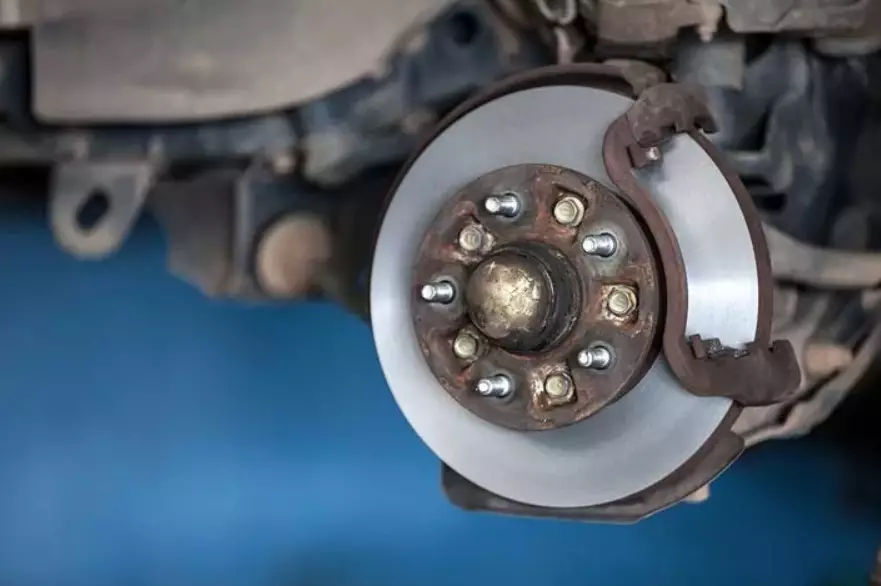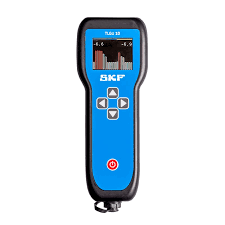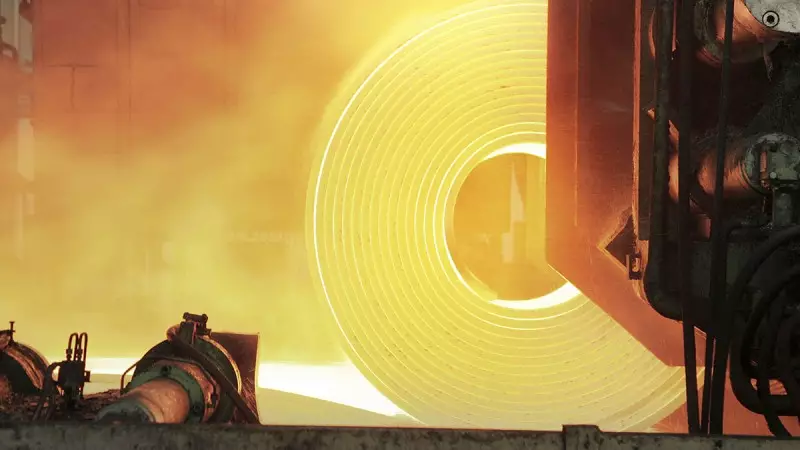
Understanding the Causes of Bearing Noise
Understanding and monitoring noise and vibration is important to the continued effective use in all applications.
Noise
A simple and effective way to identify deterioration or damage in a bearing is by listening. Bearings that are performing optimally produce a soft purring noise. Grinding, squeaking, and other irregular sounds indicate that the bearings are in poor condition and on their way to failure.
Vibration
The need for vibration monitoring comes is due to three issues:
- All machines vibrate.
- A developing mechanical problem is accompanied by an increase in vibration levels.
- The nature of the fault can be determined from the vibration characteristics.
Numerous types of machinery, such as engines, motors, and other rotating machinery, often experience bearing noise. This is caused by a variety of factors that can lead to increased wear and tear on the bearing, resulting in unwanted noise and potential failure.
Important parameters for monitoring machine condition include noise, temperature, and vibration. Bearings that are worn or damaged exhibit identifiable symptoms. Many potential causes could be responsible and need to be investigated.
In this article, we will explore the causes of bearing noise, common sources of noise, and how to prevent it.
What is bearing noise?
Bearing noise is an undesired sound produced by a bearing during operation. This noise can be caused by several factors, such as wear and tear, contamination, and misalignment. Depending on the cause, bearing noise can range from a faint humming or whirring sound to a loud, grinding noise that can be heard from a distance.
Common causes of bearing noise
There are several common causes of bearing noise. One of the most common is wear and tear on the bearing itself. Over time, the rolling elements of the bearing can become worn or damaged, resulting in increased friction and noise.
Another common cause of bearing noise is contamination. If dirt, dust, or other debris enters the bearing, it can cause damage to the rolling elements and increase the amount of noise produced during operation.
Misalignment is another common cause of bearing noise. If the bearing is not properly aligned with the shaft or housing, it can cause the rolling elements to rub against the bearing race, resulting in increased noise and potential failure.
The failures (noise) can be divided into the following 4 categories:
- 1/3 fail due to fatigue
- 1/3 fail due to lubrication problems (Wrong lubricant, wrong quantity, wrong lubrication interval)
- 1/6 fail due to contamination (Ineffective seals)
- 1/6 fail for other reasons (Improper handling and mounting, heavier or different loading than anticipated, wrong or inadequate fits)
How to prevent bearing noise
Preventing bearing noise requires proper maintenance and handling of the bearing. Here are some tips to help prevent bearing noise:
1. Ensure proper lubrication of the bearing
One of the most crucial factors in preventing bearing noise is proper lubrication. The bearing should be lubricated according to the manufacturer’s specifications, using the appropriate type and amount of lubricant. This will help reduce friction and wear on the bearing, resulting in less noise and a longer lifespan.

Ultrasonic sensor improves maintenance practices when re-lubricating bearings.
2. Ensure proper alignment of the bearing
Proper alignment of the bearing is essential for preventing noise and failure. The bearing should be installed and aligned according to the manufacturer’s specifications, using precision measuring tools to ensure accuracy.
To avoid overloading the bearing, which can cause increased friction and wear, resulting in increased noise and potential failure, the bearing should be operated within the manufacturer’s recommended limits. Finally, the bearing should be installed correctly, with the proper clearance and preload, to help ensure that the bearing operates smoothly and quietly.
Bearing noise is a frequent problem in machinery that can be caused by many factors. Proper maintenance and handling of the bearing, including proper lubrication, cleanliness, alignment, and loading, can help prevent bearing noise and ensure a long, trouble-free lifespan for the bearing. By following these guidelines, engineers can reduce the likelihood of bearing noise and improve the performance of machinery, whether it be a rod bearing noise in a car or bearing noise in other equipment.
Still have a question or need to discuss something? Contact us to get help.


